Explore the Land of the Nomads


General Information
Kazakhstan is located in the heart of the Eurasian continent. Its territory occupies 2, 724, 900 square kilometers (1,049,150 square miles). It is the CIS' second and world's ninth largest country. The Kazakhstan territory is larger than the twelve countries of the European Union! Kazakhstan borders with China, Kyrgyzstan, Turkmenistan, Uzbekistan and Russia. The total length of the borderline is 12,187km. Kazakhstan stretches for more than 3,000 km (covering two time zones) from the lower reaches of the Volga in the west to the foothills of the Altai Mountains in the east, and almost 2,000 km from the West Siberian Lowland in the north to the Kyzyl Kum desert in the south.
Demographics of Kazakhstan
The ethnic majority of the country is the ethnic Kazakhs (63.1%), although there are a large number of other ethnicities present as well, such as ethnic Russians (23.7%), Uzbeks (2.9%), Ukrainians (2.1%), Uygurs (1.4%), Tatars (1.3%) and Germans (1.1%). Some minority groups in Kazakhstan, including Germans, Ukranians, Chechens, Koreans, and Meskhetian Turks were deported to Kazakhstan in the 1930s and 1940s by Stalin as Russian political opponents.
10 Facts about Kazakhstan
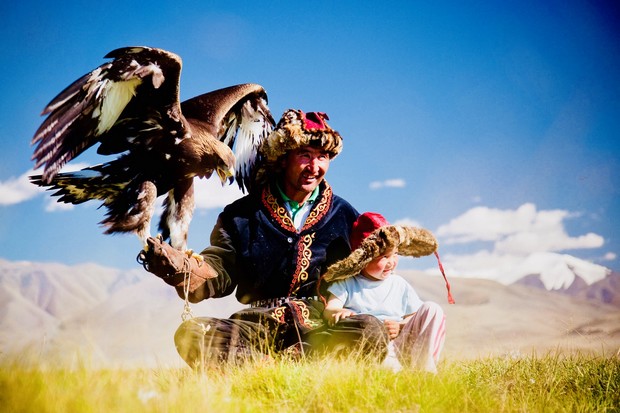
Stan is an ancient Persian word meaning "land" or "nation", and Kazakh means "wanderer", "adventurer", or "outlaw". Therefore, the name Kazakhstan translates as "Land of the Wanderers. |

Ancient Kazakhs were the first people in the world to domesticate and ride horses. |
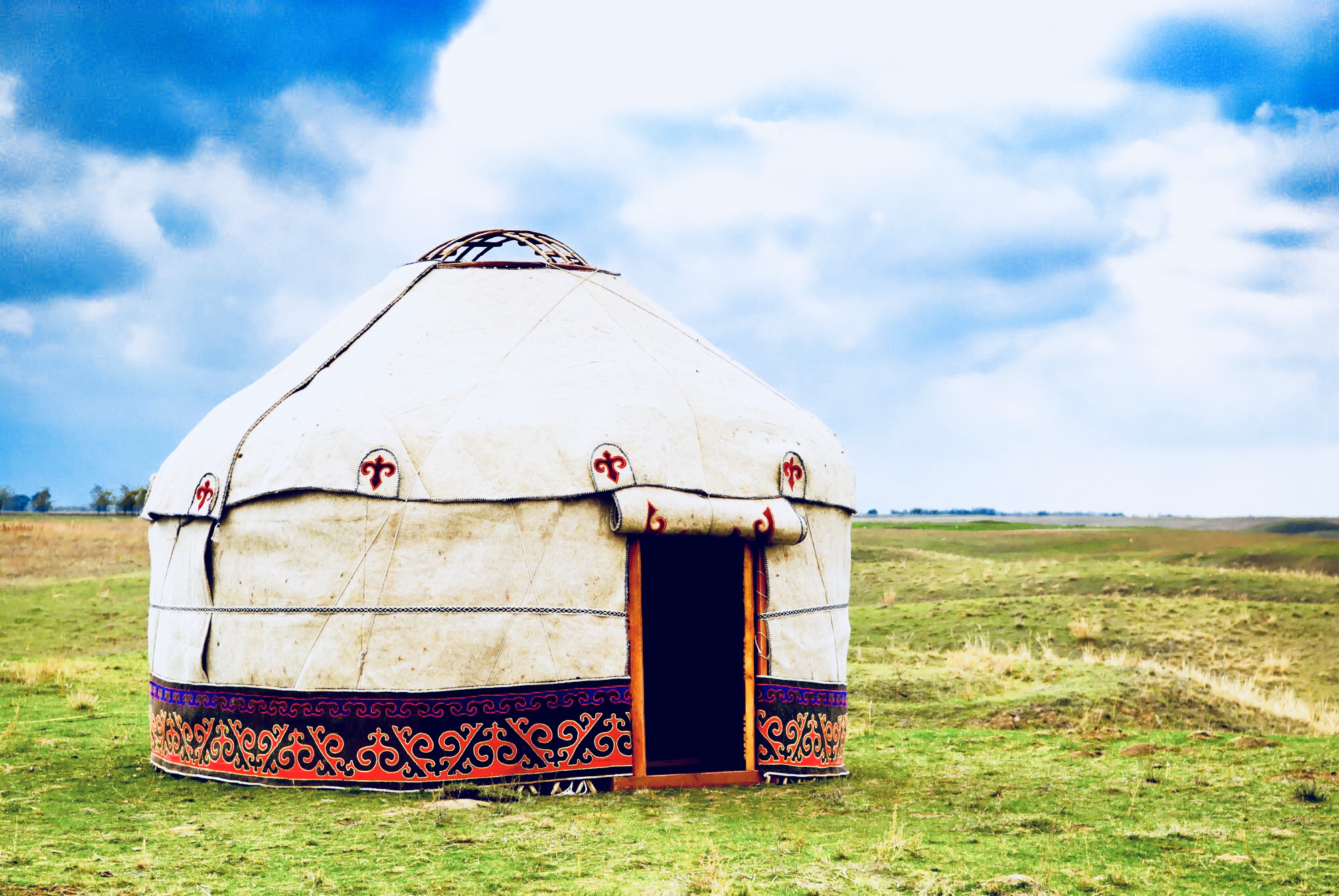
The traditional nomad home of the Kazakhs is known as a yurta. It is comprised of a collapsible tent, with a wooden frame, covered in felt. Its name comes from the Kazakh word meaning "community", "people", or "family." |

Apple trees originated in the mountains of Central Asia. Scientists believe that the first apple trees grew around Almaty, the former capital of Kazakhstan, as far back as 20 million years ago. The name Almaty means "a place of apples". Many wild apple trees still grow in parts of Kazakhstan. |
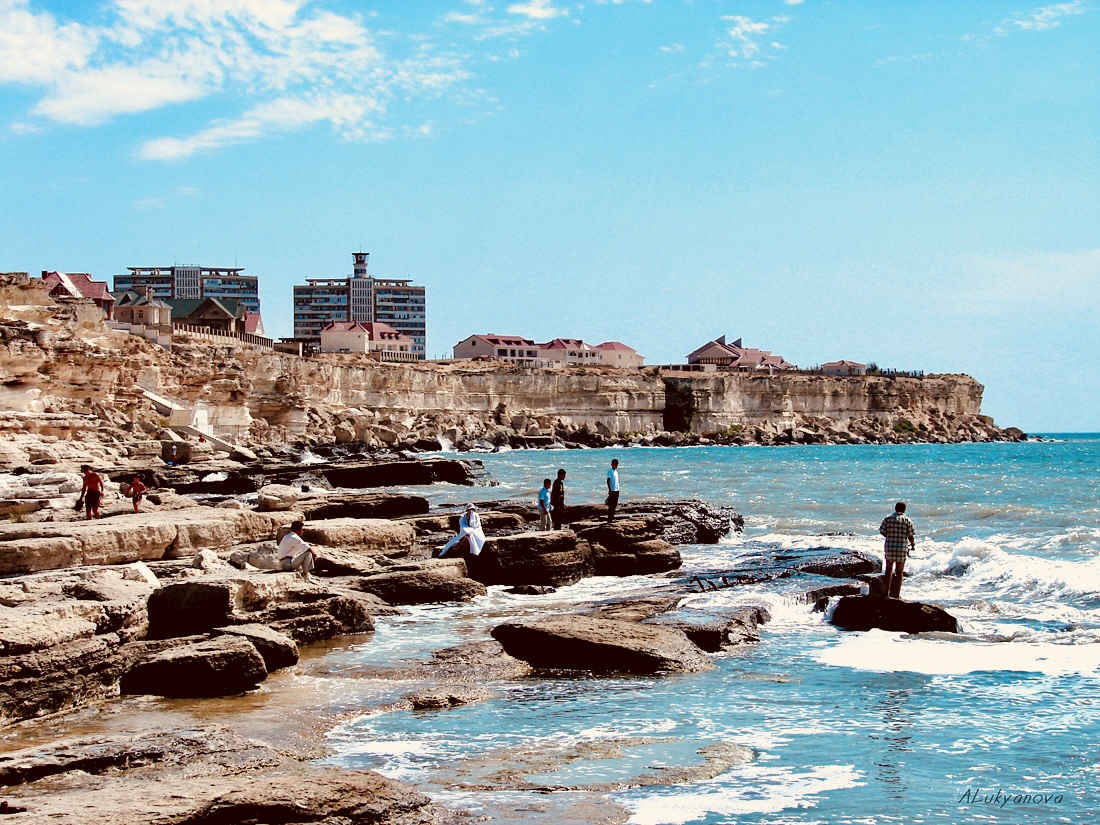
The Caspian Sea is the largest inland body of water in the world at 143,250 square miles (371,000 sq km) and it borders Kazakhstan on the west. It is rich in sturgeon, a fish prized for its world’s famous caviar. |
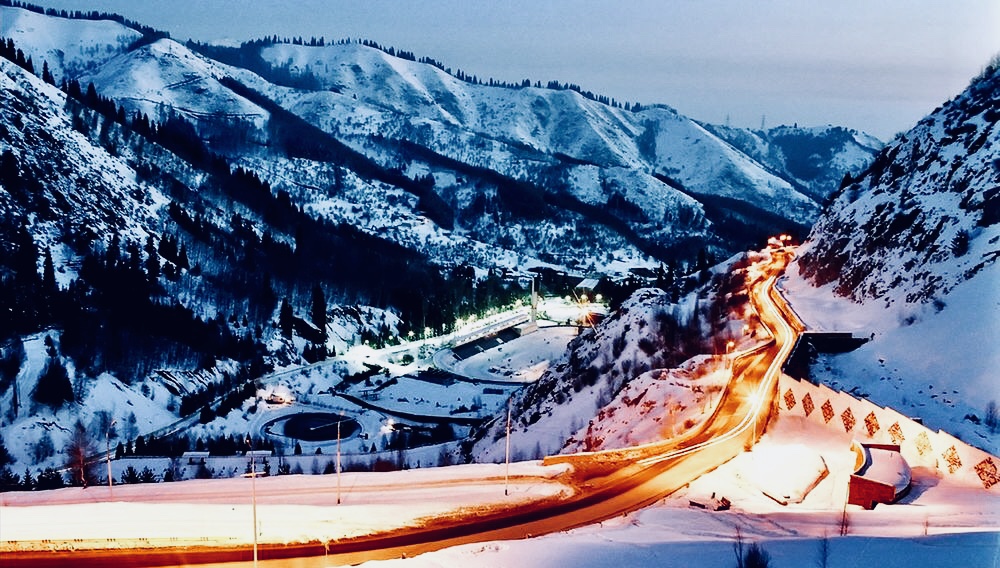
The Medeo Sports Center, located near Almaty, Kazakhstan, boasts the highest skating rink in the world at 5,545 feet (1,690 m) above sea level. It also has a surface area as large as two football fields. |

Out of the 110 elements from Mendeleev's table of chemical elements, 99 have been detected in Kazakhstan. |

Kazakhstan is so large that the distance from one end to the other is about the same as from London to Istanbul. |

Kazakhstan is located in both Europe and Asia. The Ural River, which forms the traditional boundary between these continents, cuts through Kazakhstan in the west. |
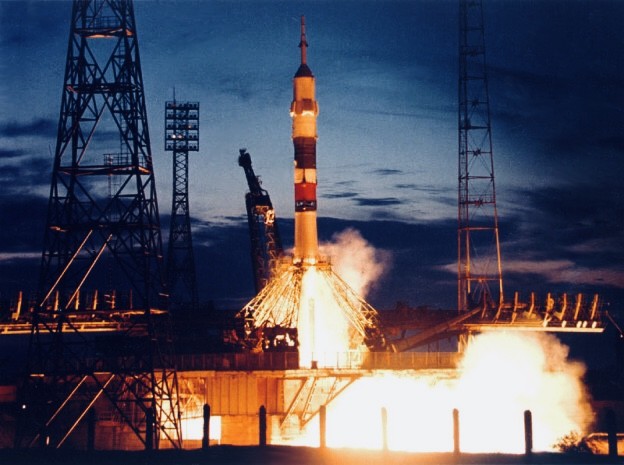
Kazakhstan has the main launch site for Soviet and Russian space exploration, the Baikonur Cosmodrome. It is the world's oldest and largest operating space launch facility. Sputnik, the world's first orbiting satellite, was launched from there in 1957, and the first manned spaceflight with Yuri Gagarin took off into space from there in 1961. There is actually a separate town called Baikonur a few hundred kilometers away from the Russian space center. The Soviets gave the center the same name to cause confusion and help protect its location. |